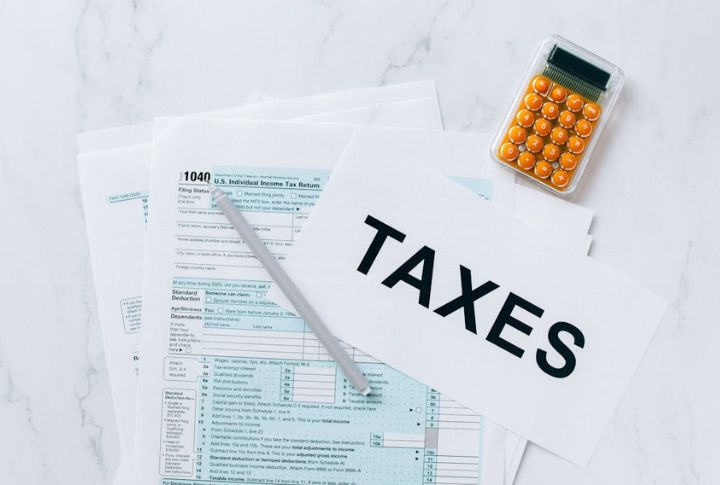
Budgeting doesn’t have to feel like solving equations. The 50/30/20 rule offers a cleaner, easier way to manage money. Instead of focusing on how much you earn, it’s about how you divide what you take home. That’s what makes it sustainable. Let’s start with the basics: where your income actually goes once it lands in your account. These three categories make up the heart of the 50/30/20 split.
Needs (50%)

Although this category covers essentials like rent, groceries, and health insurance, housing costs alone can tip the 50% limit. So when internet bills and transportation stack up, even basic needs can strain the budget. That’s why tracking this category closely matters more than most expect.
Wants (30%)

Think of the last vacation or late-night food delivery. Those moments fall under “wants.” Dining out alone can cost the average American around $3,000 a year. That number climbs quickly once you add in things like streaming subscriptions or spontaneous weekend trips. These are capped at 30% for a reason.
Savings (20%)

There’s a quiet power in setting aside money before spending it. This 20% savings slice fuels retirement and builds emergency cushions. Emergency funds should hold three to six months of expenses. And with time, compound interest can quietly double savings even if deposits stop.
Understanding the framework is one thing. Avoiding the common pitfalls that throw it off balance is another. These next points highlight where budgeting tends to break down and how to stay one step ahead.
After-Tax Income

Many budgeting plans break down at the very first step: misreading income. Gross pay looks good on paper, yet the 50/30/20 rule only applies after taxes are taken out. That’s the number that matters. Even tax refunds, if handled smartly, can boost savings.
Debt Repayment

When credit card interest climbs past 20%, the cost of carrying debt can snowball fast. Some people even dip into their savings just to wipe out high-interest balances. It may feel risky, but in many cases, it protects long-term goals. Less debt also means more breathing room.
Lifestyle Inflation

Raises don’t always bring peace of mind. More often, they spark a quiet shift: subtle upgrades in lifestyle that feel earned. It’s called lifestyle creep. Even many millionaires avoid it by living simply and intentionally. However, social media makes it harder, often presenting excess as achievement.
Adjusting For Cost Of Living

In San Francisco, housing costs are over 80% higher than the national average. In places like that, covering essentials alone can force “wants” to take a backseat. More people are rethinking where they live and how much of their income they want tied up in basic expenses.
Tracking And Categorizing Expenses

People often don’t track their spending until something feels off. But by then, small purchases have already stacked up. That’s why consistent expense tracking is key. Remember that tiny habits are deceptive, and something as harmless as a daily treat quietly can cost over $1,000 each year.
Emergency Funds

Emergencies don’t wait for a stable paycheck. A surprise car bill or medical expense can throw your whole budget off track. In such situations, emergency funds offer space to recover, usually three to six months of basic expenses. Still, many Americans can’t even cover a $400 surprise.
Periodic Review And Adjustment

Even the best plans need checking in. Life doesn’t stand still, and neither should a budget. Reviewing every few months helps keep goals aligned. People who do this quarterly tend to save 23% more each year. Inflation, too, can quietly ruin a once-balanced budget if it’s left unexamined.
